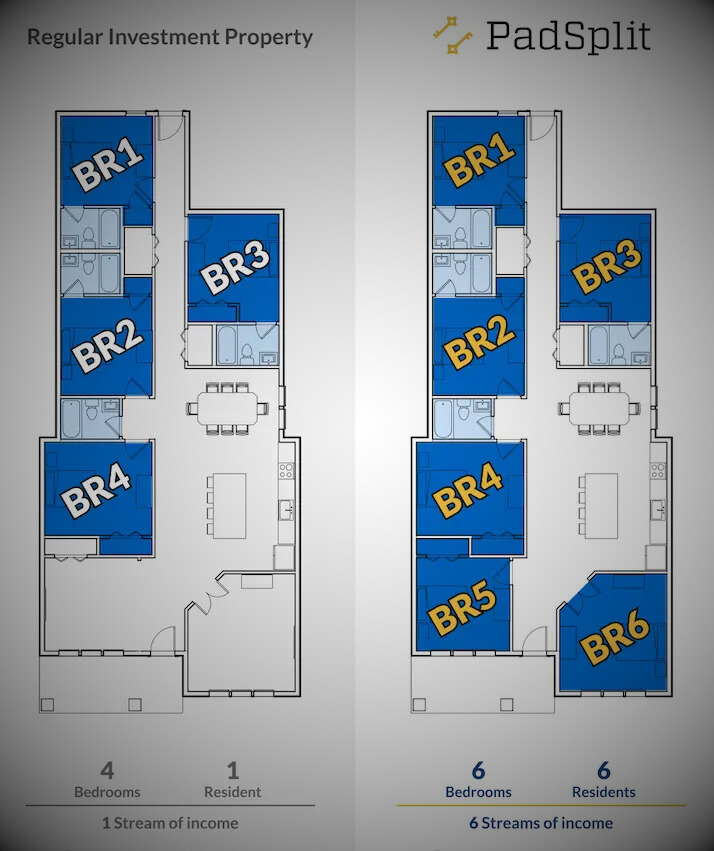Frequently Asked Questions
How do I know if a property is a good investment?
A good investment property comes down to three things: cash flow, appreciation potential, and tax benefits. When I evaluate with clients, we look at whether the rent will realistically cover expenses and still leave a profit each month. Then we review market trends to see if the neighborhood is likely to grow or decline in value. I also look at ways we might add value—maybe by raising rents, cutting expenses, or making targeted improvements. Finally, I think through the exit strategy. If you had to sell in five years, would this property give you the kind of return you’re looking for? It’s about running the numbers honestly, so you know the upside and the downside before moving forward.
What’s the difference between buying residential and multi-family or commercial property?
The big difference is how the property’s value is measured. With residential, meaning single-family homes up to four units, the value is based on comparable sales. In other words, it’s determined by what similar properties nearby have recently sold for. With multi-family and commercial properties, typically five units and above, the value is based on the income the property produces. That means the more you improve the income and control the expenses, the more the property is worth, regardless of what the building next door sells for. Many investors like this approach because it gives you more control over appreciation rather than relying on the broader housing market.
Should I sell my investment property now or hold onto it?
It depends on your goals and the property’s performance. If your equity is tied up and you see better opportunities elsewhere, selling might make sense. Some investors sell when a property requires more management than they want to deal with or when they want to use a 1031 exchange to move into a bigger asset without paying capital gains right away. On the other hand, holding is often smart if the property has steady, growing cash flow and sits in an area with long-term upside. The tax benefits alone, like depreciation, can make keeping it worthwhile. I usually run the numbers side by side so you can see the real-world impact of selling versus holding before making a decision.
In Tampa, where can I get the best returns
For smaller budgets, PadSplit often delivers the strongest cash flow because renting out rooms individually can produce double or even triple the income of a traditional single-family rental, and occupancy rates are consistently high. For larger budgets, apartment buildings tend to offer the best balance of stability and long-term growth. While the cap rates are usually around 5 percent, the scale of owning multiple units under one roof creates efficiency, and you can directly influence appreciation by improving operations and increasing rents. Both strategies work well in Tampa’s growing market, but PadSplit is ideal for investors looking for high cash flow on a smaller entry point, while apartments are better suited for those building larger portfolios.
What should I expect when working with you as my agent?
I approach every deal as if I were investing my own money. That means giving you clear, realistic numbers instead of painting a rosy picture. I bring you opportunities on and off the market, including tenant-occupied properties that most agents overlook. Once we’re in a deal, I handle the moving parts—negotiations, inspections, permits, and repairs—so you can stay focused on your bigger strategy. I’ve been working with investors for over a decade, and I know what makes a deal work and where the pitfalls are. My focus isn’t just on the sale, but on making sure you’re fully informed to make the wisest move for your goals.








